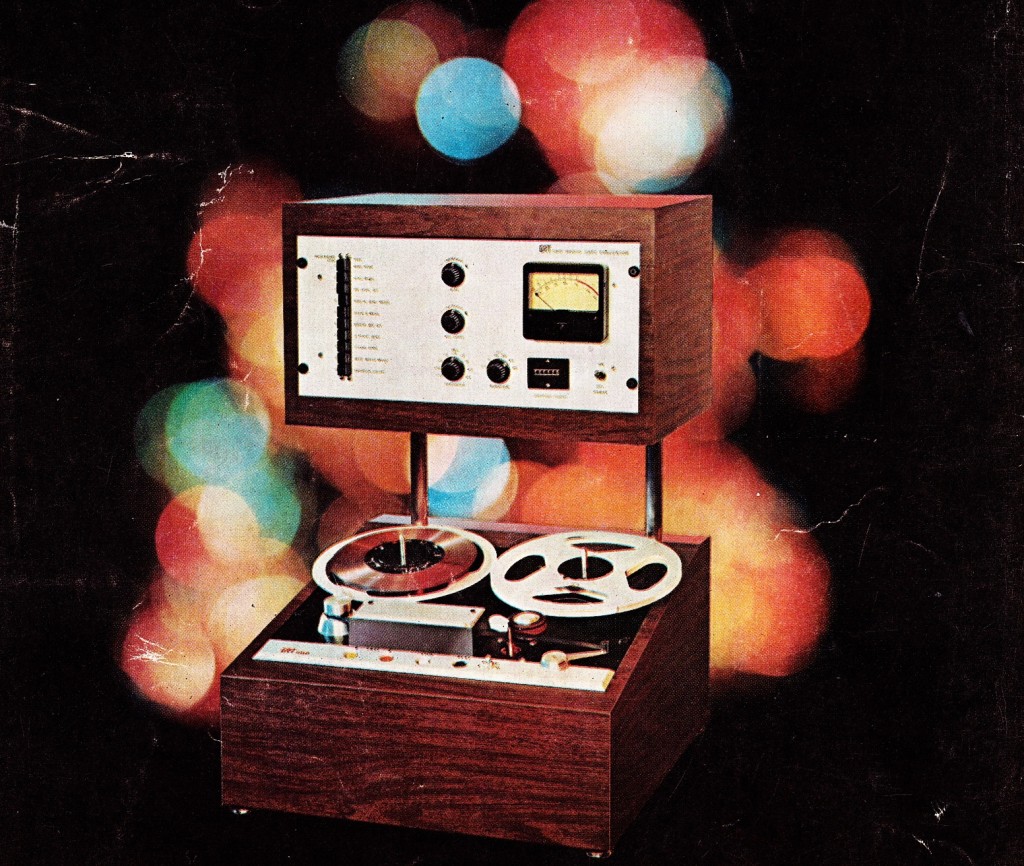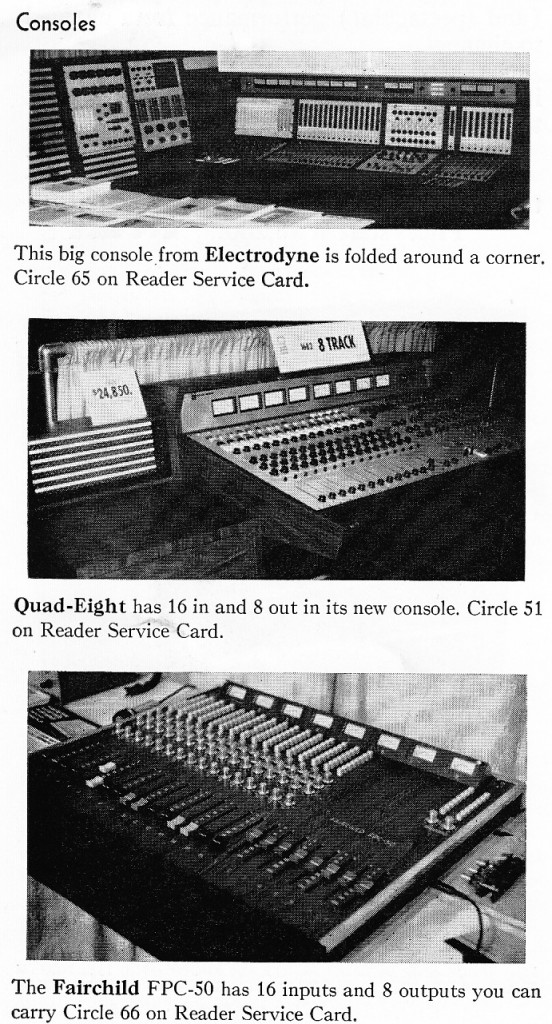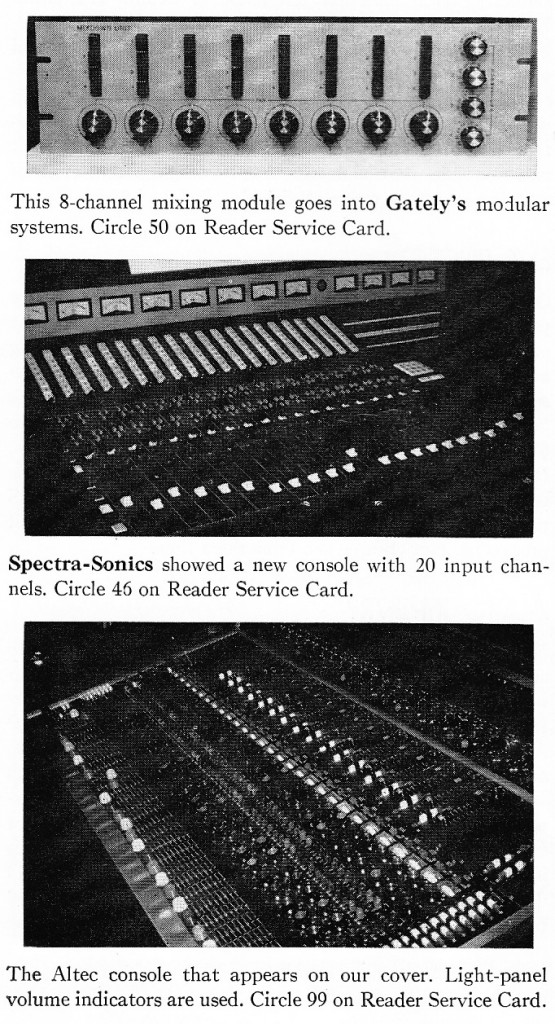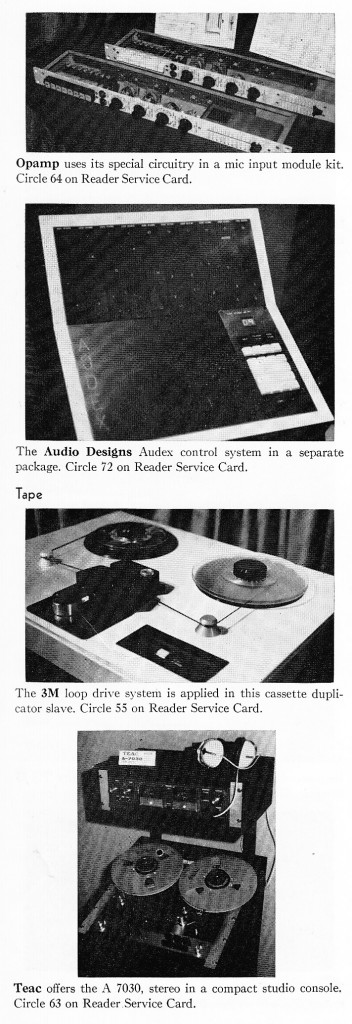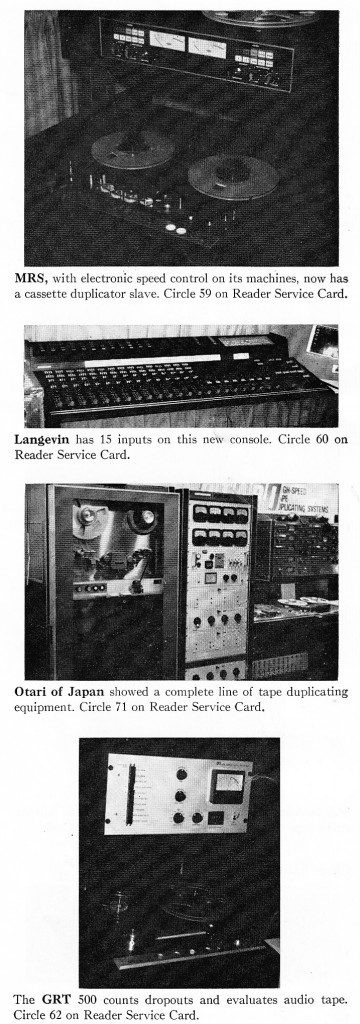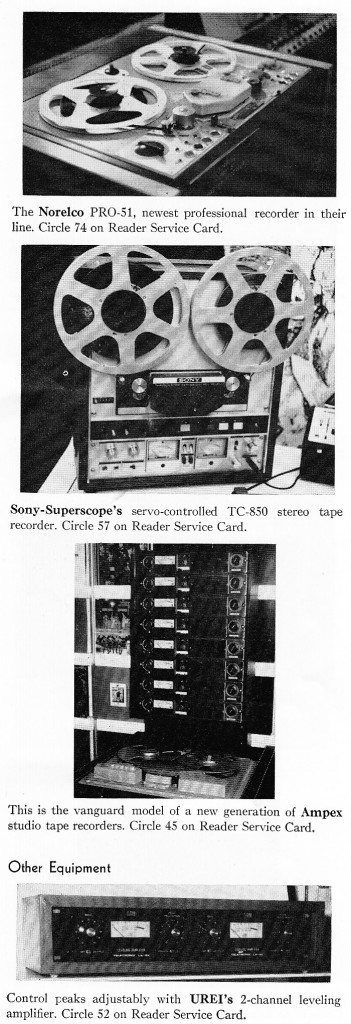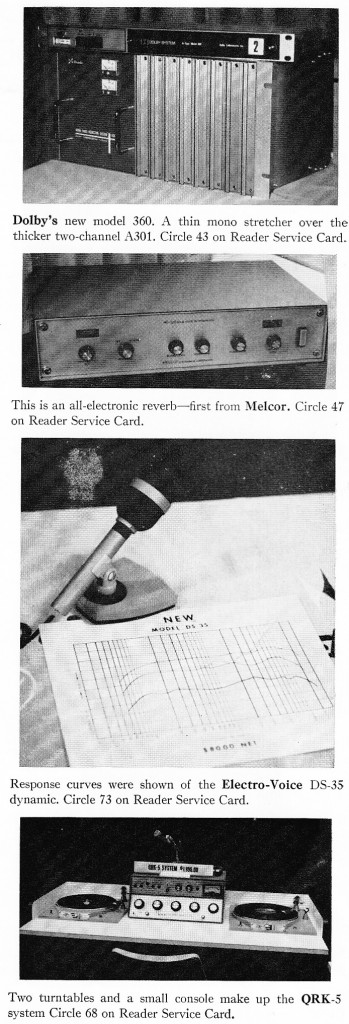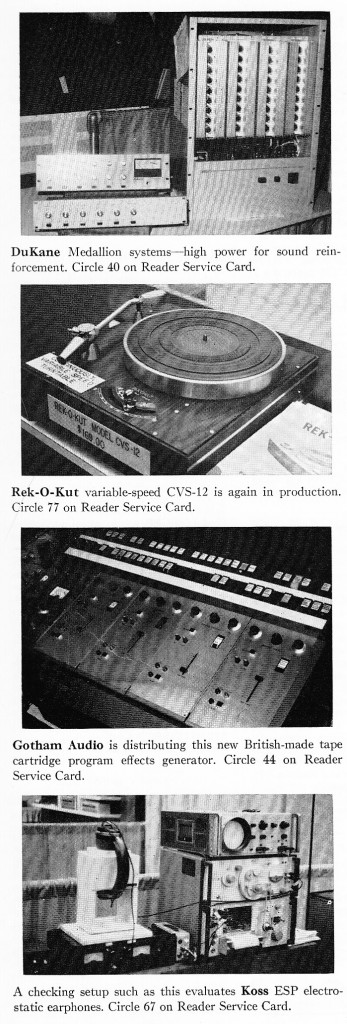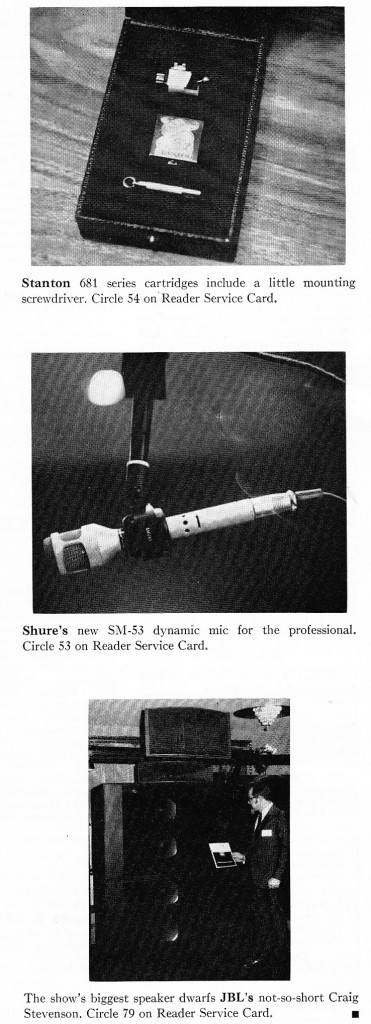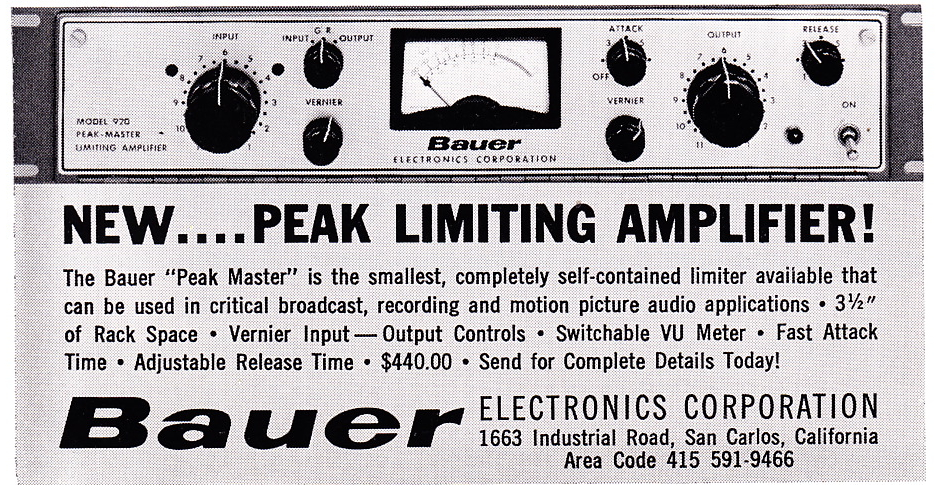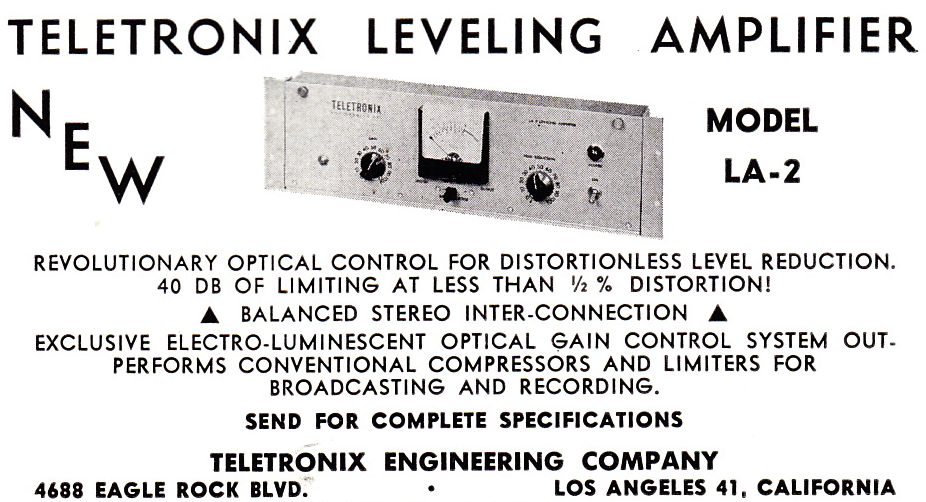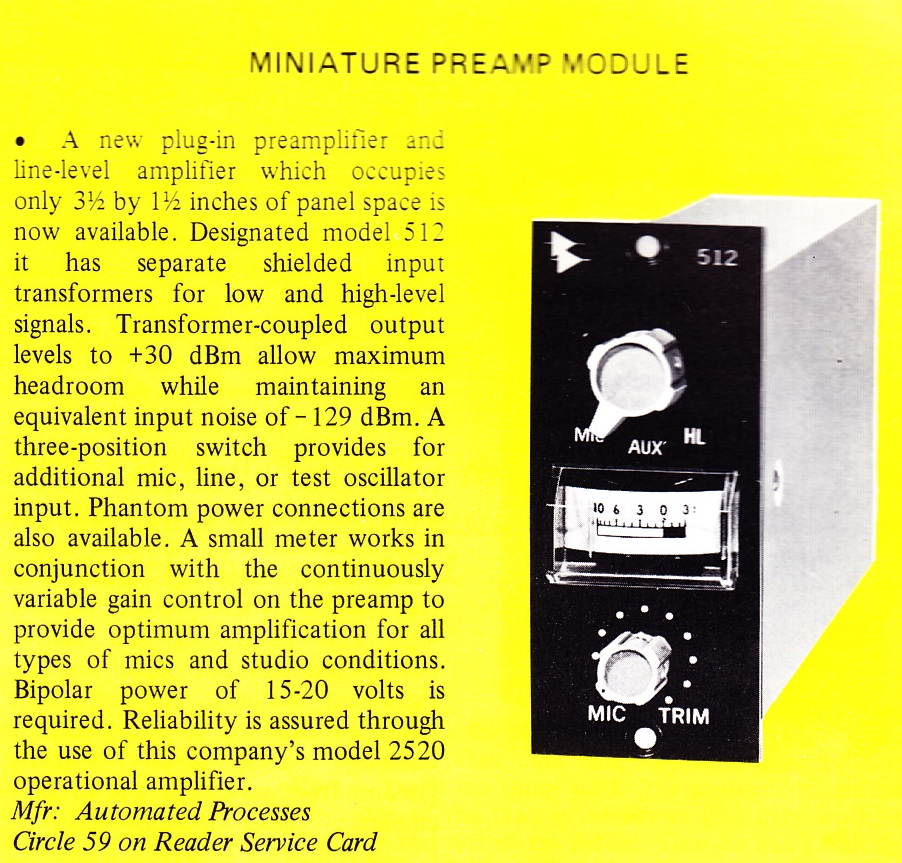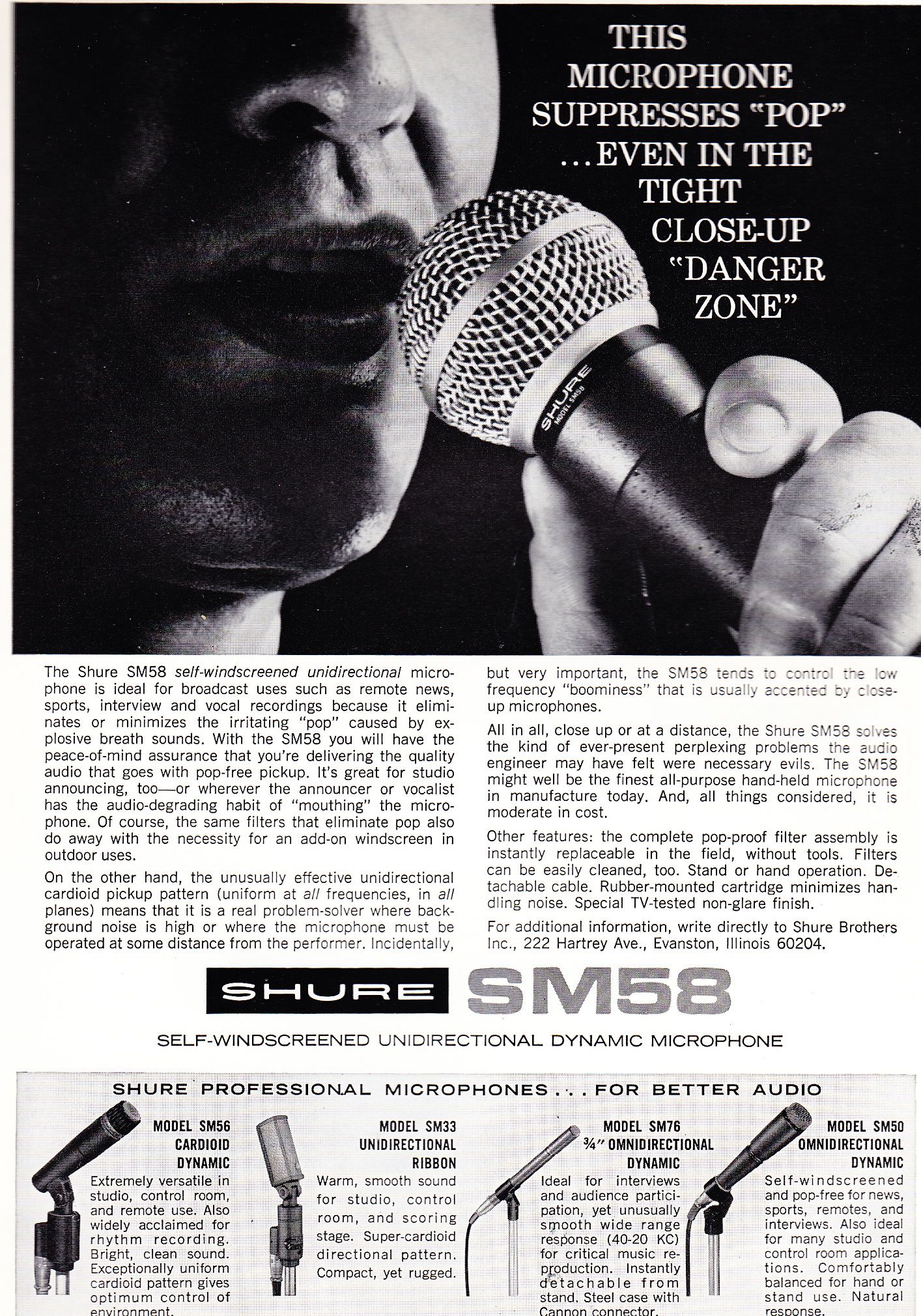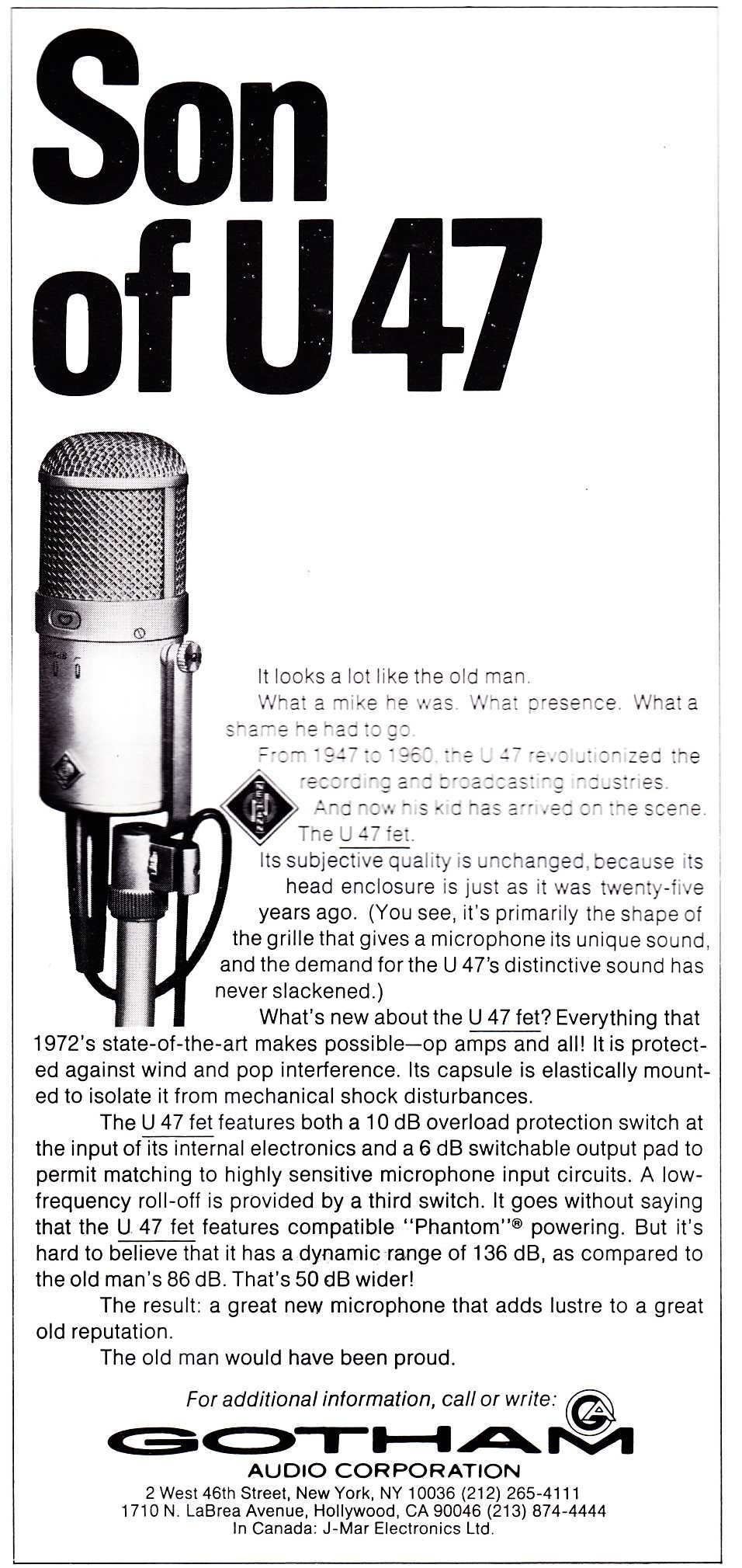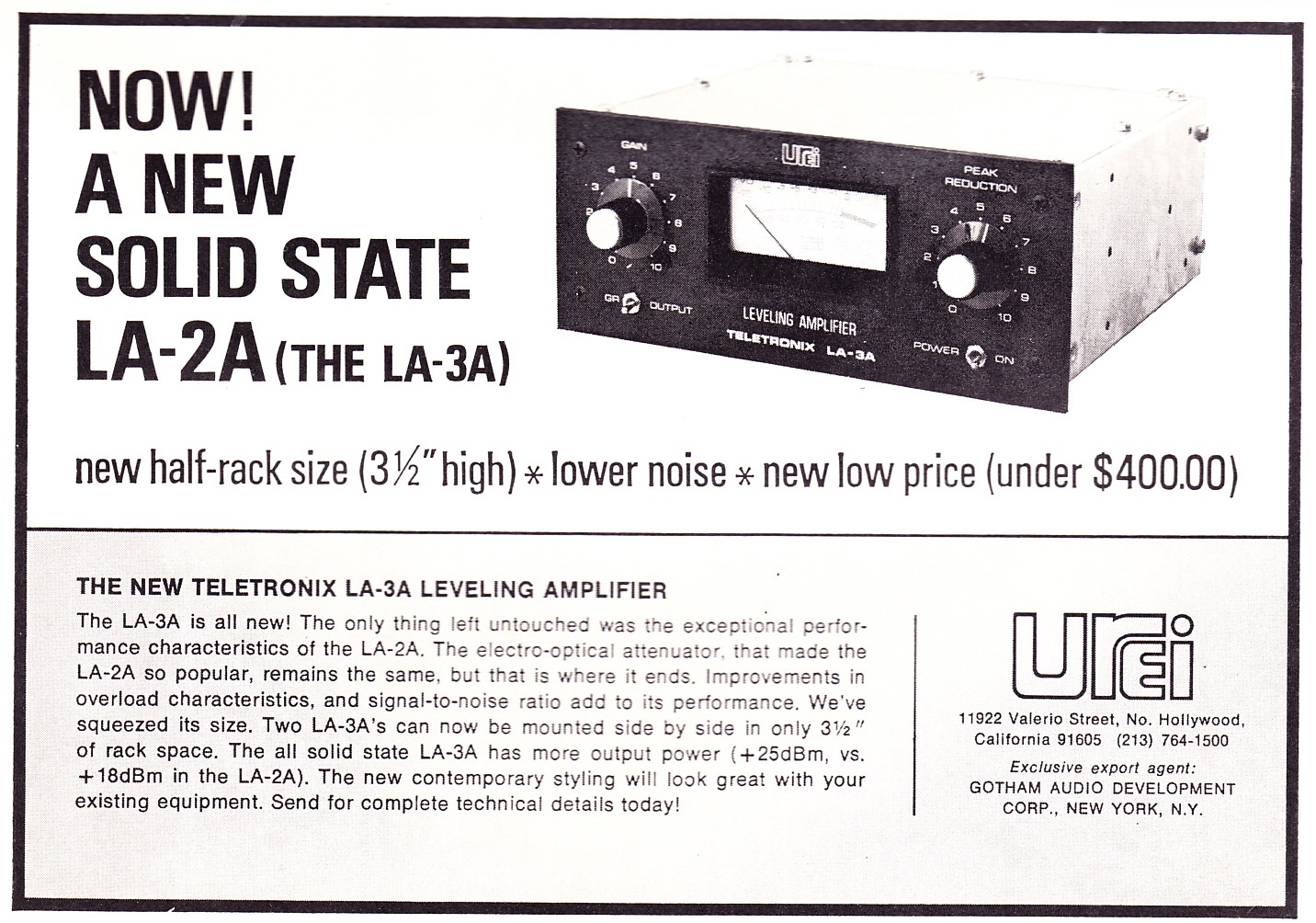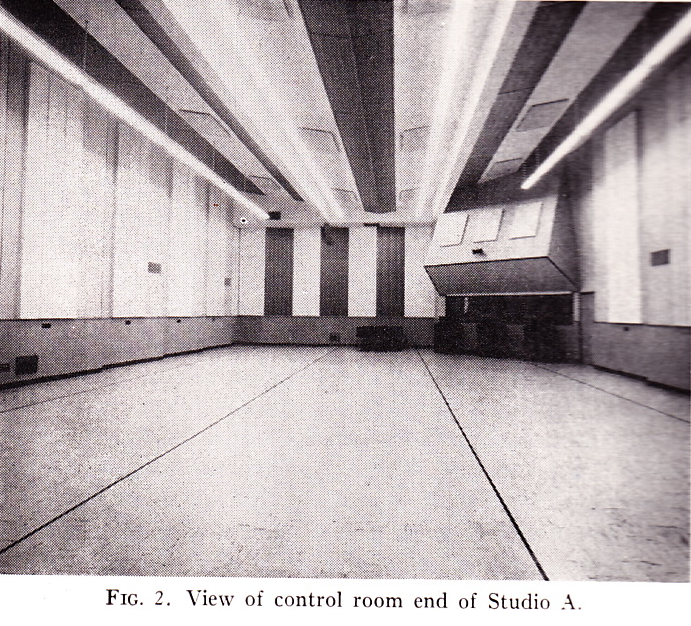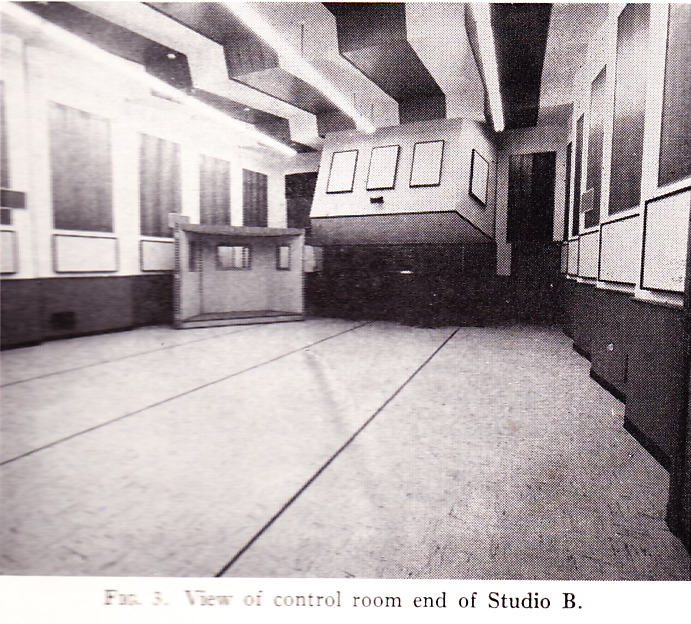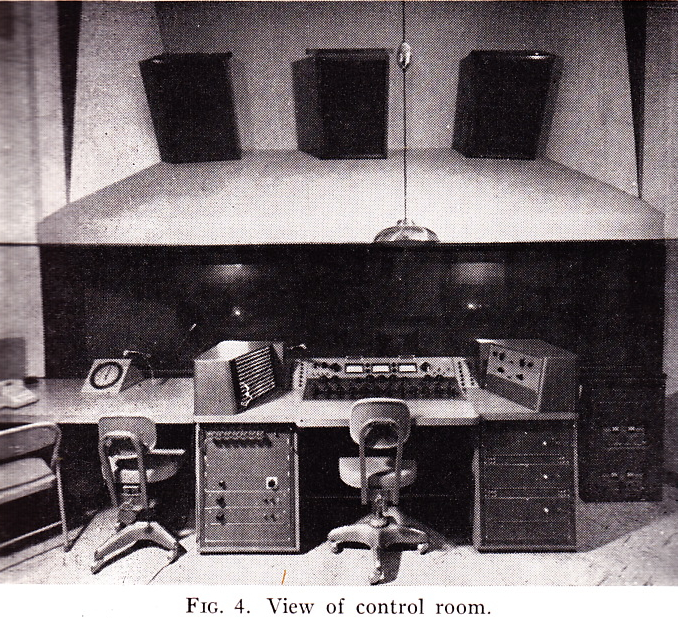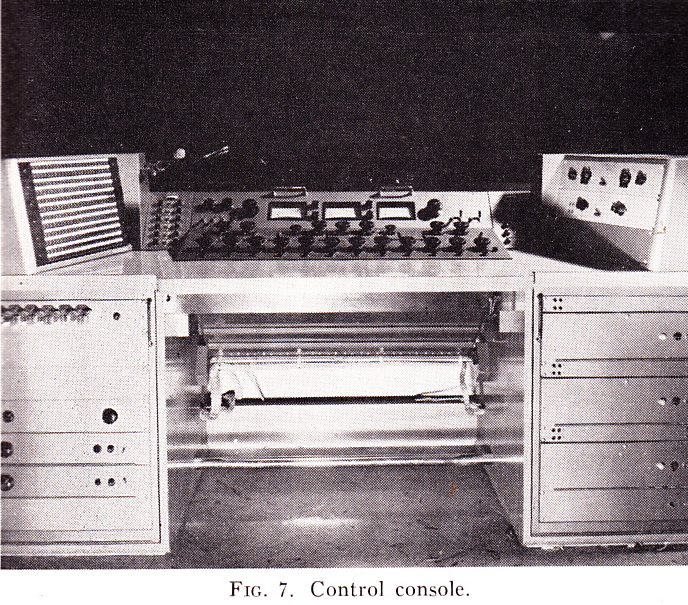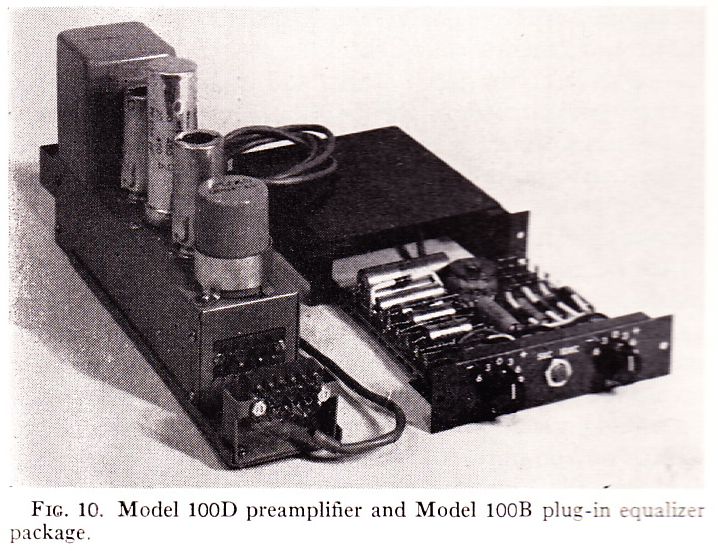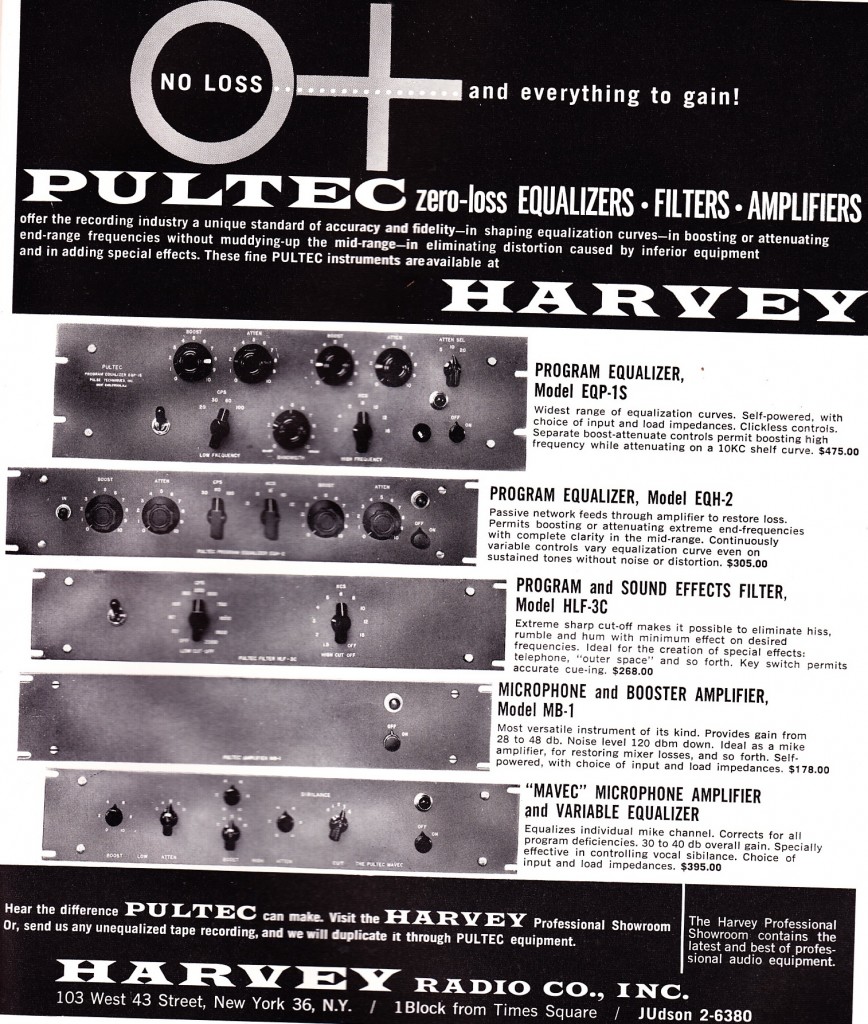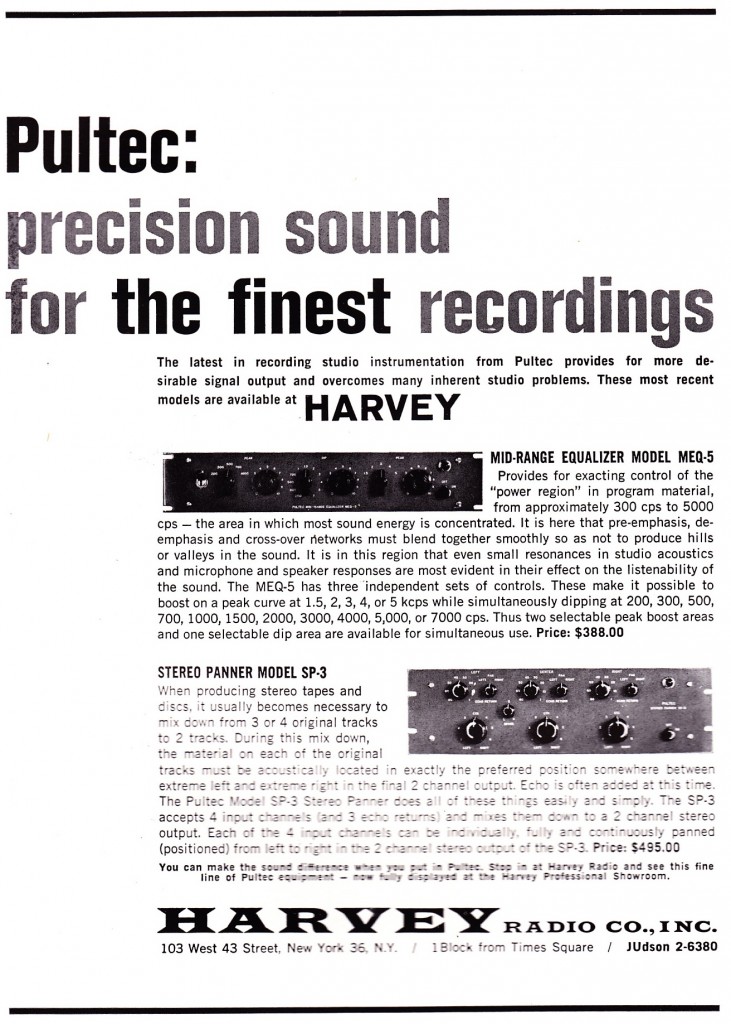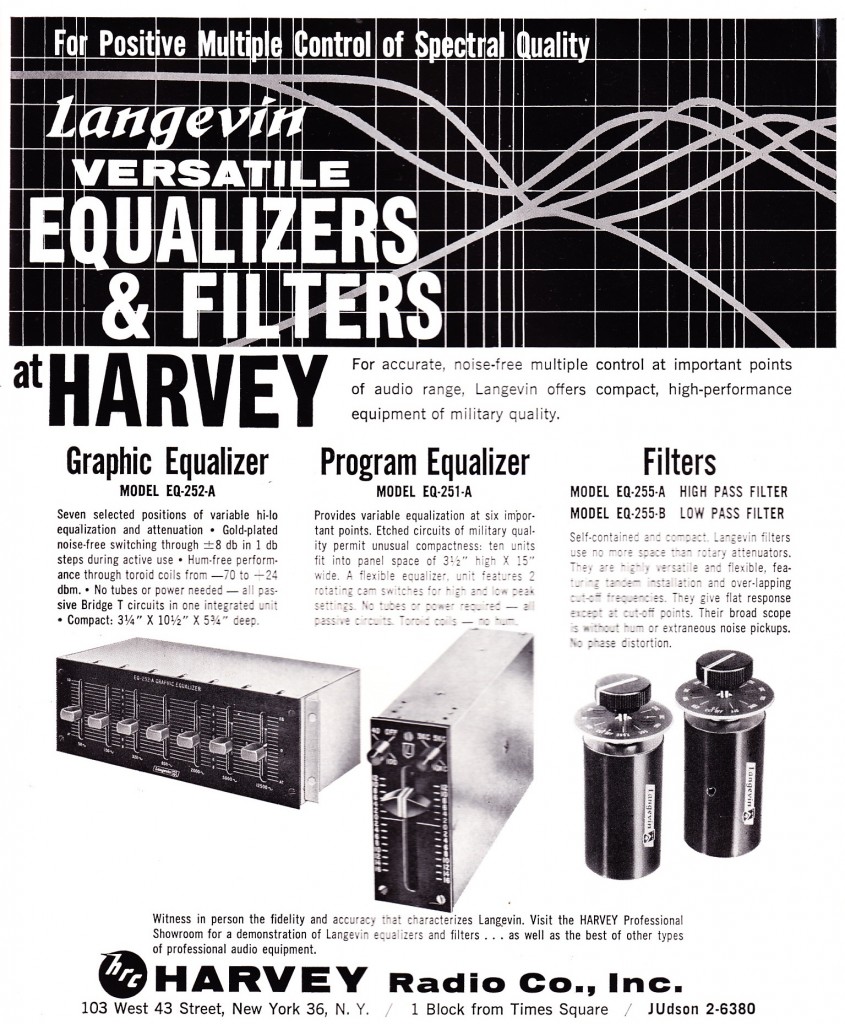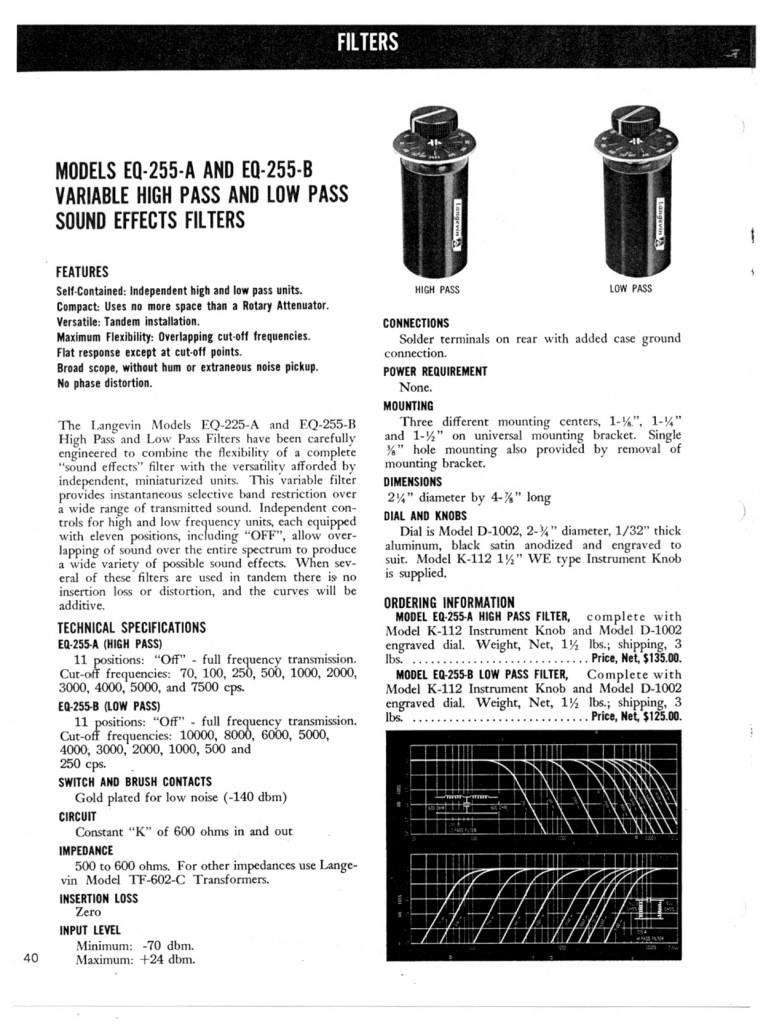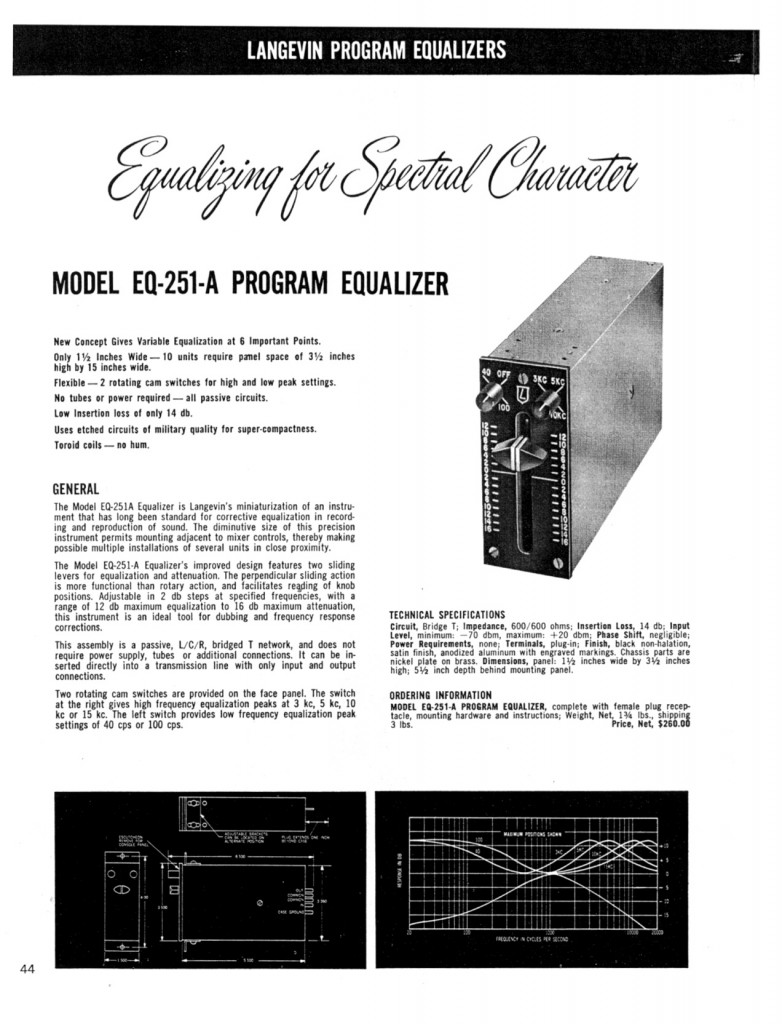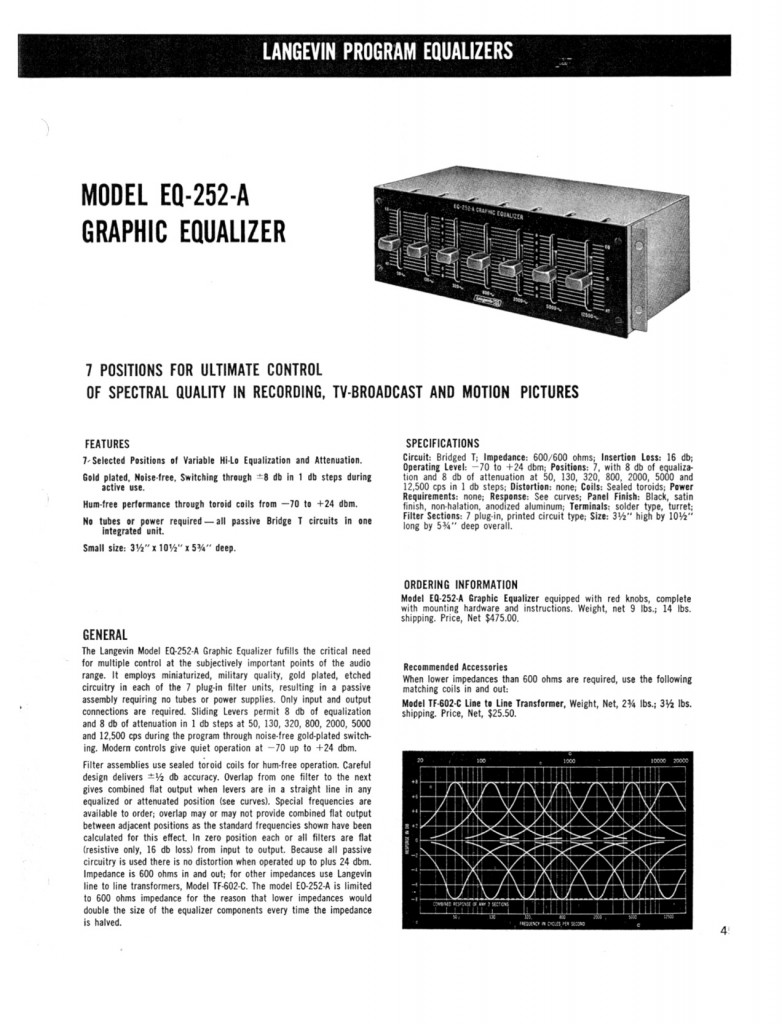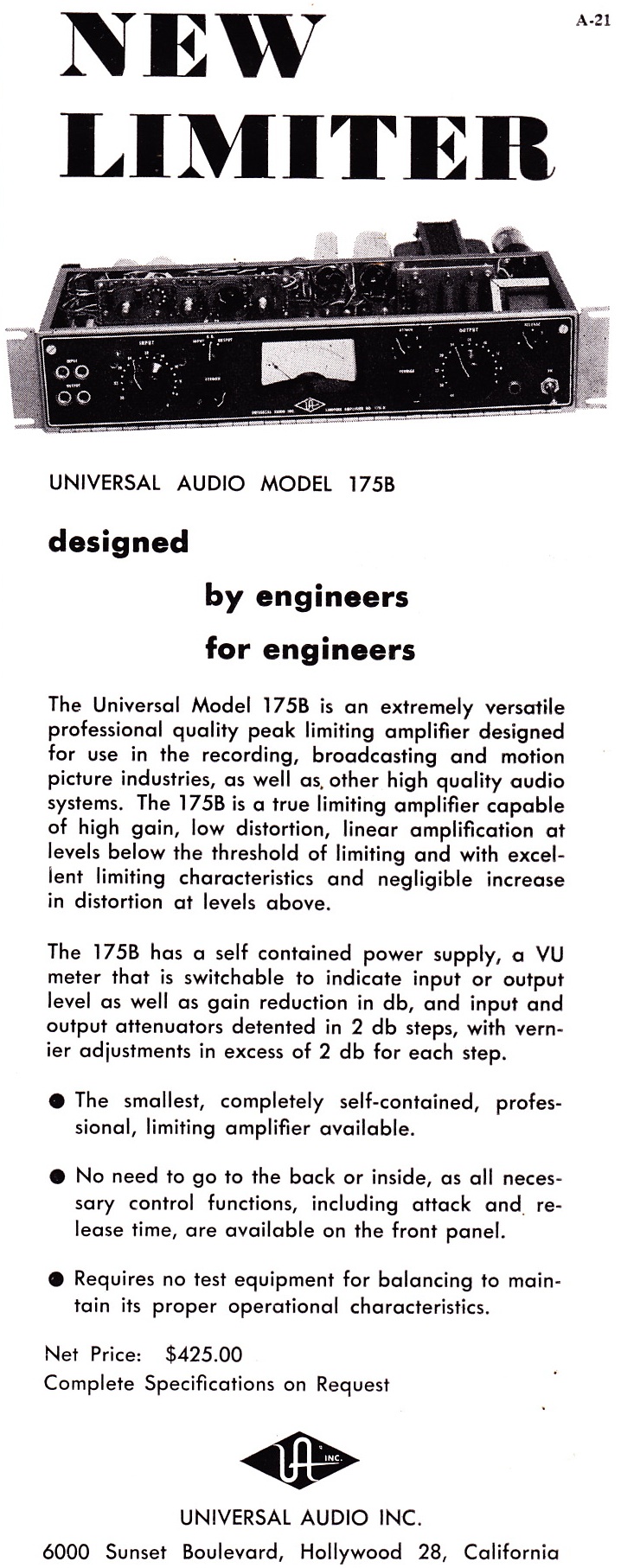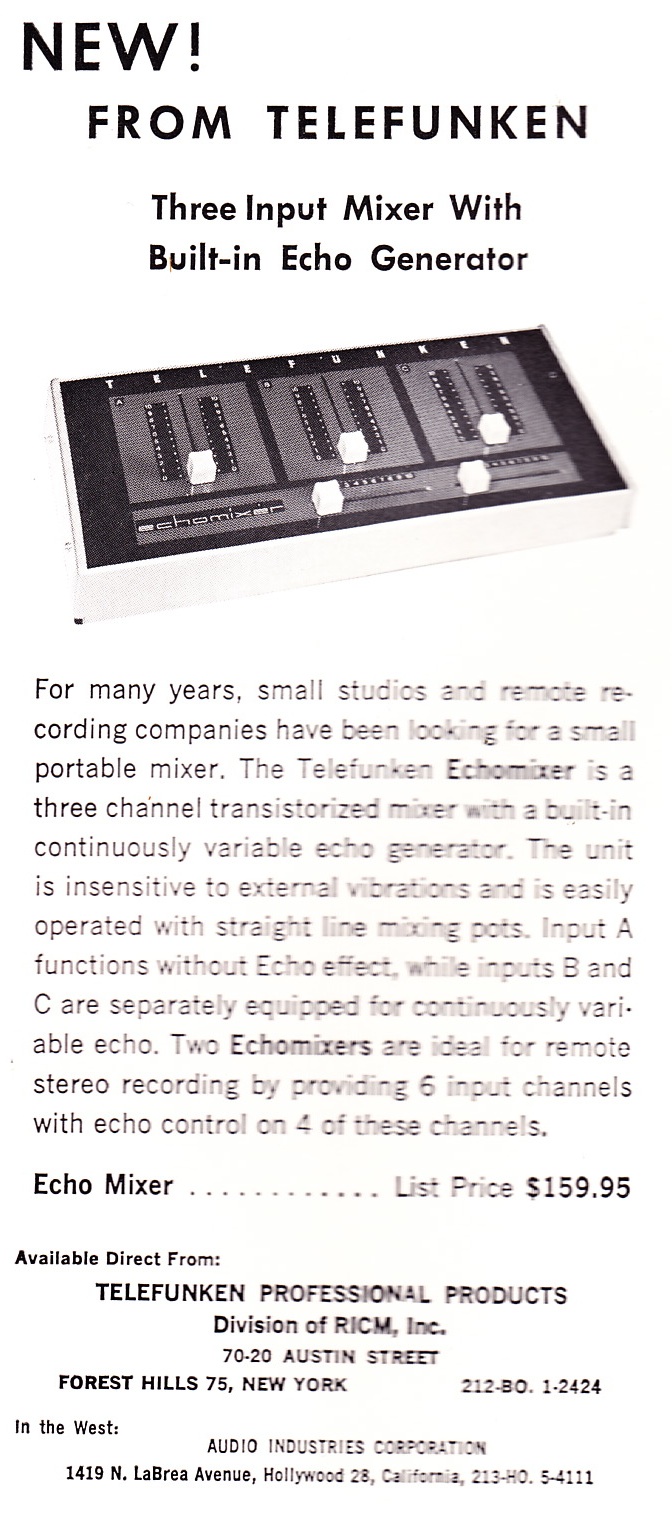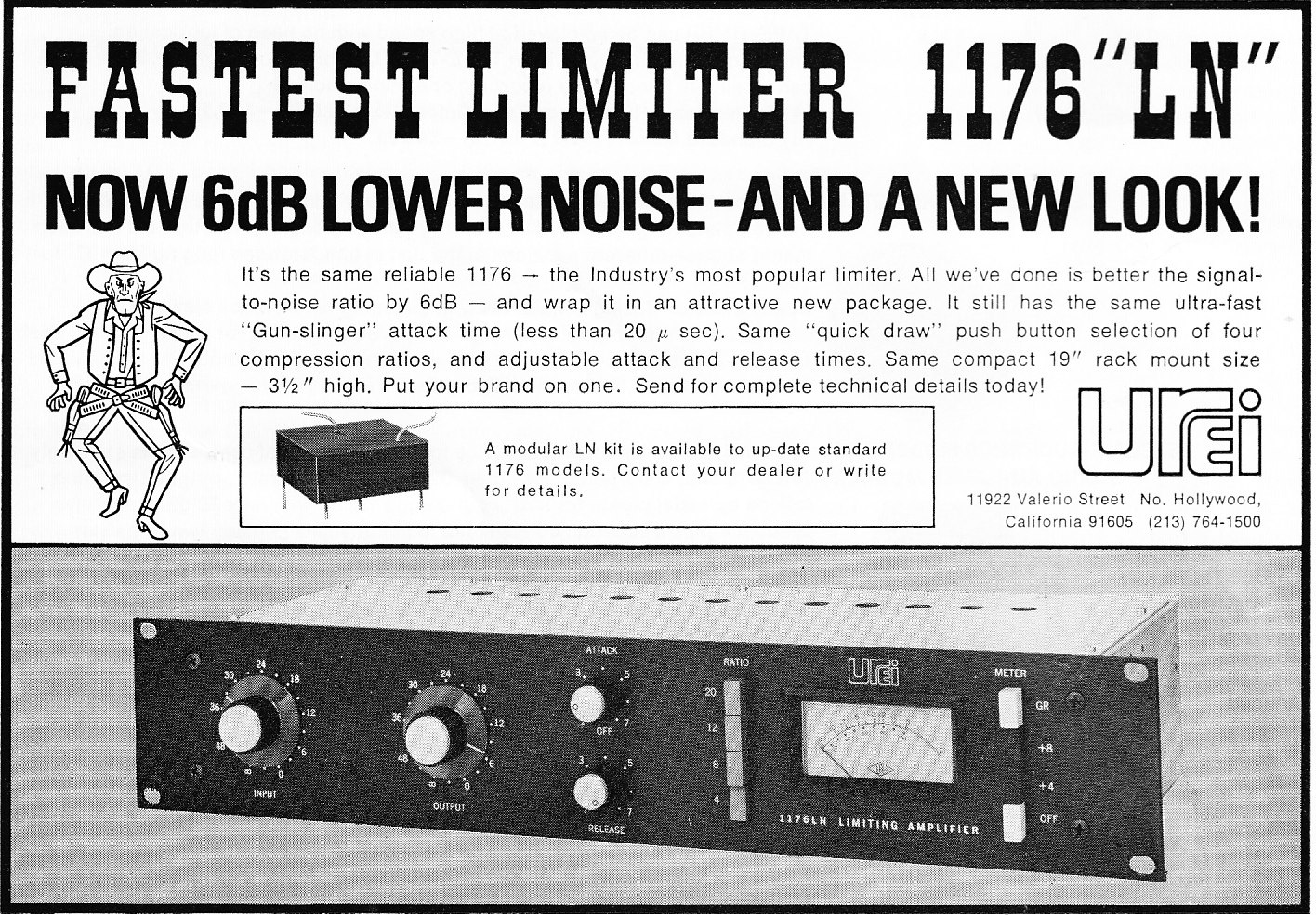 Today: just a few things that caught my eye from ’71 -’73: the ‘new’ black-cosmetic version of the Urei 1176, plus some odd bits from Soundcraftsmen and Sansui (I had no idea that they had made pro audio products), and another forgotten Quad-Eight rack device (see here for our earlier coverage of their very obscure reverb unit). Also something called the ‘OP Reverberation’ …. anyone? ,,,and a few unusual items from Martin. Wrapping it up is the annoucement ad for the original API 525C, which has become one of my favorite compressors for vocals since we got one at Gold Coast Recorders. If any of y’all are using the Martin or Quad-Eight kit, let us know!
Today: just a few things that caught my eye from ’71 -’73: the ‘new’ black-cosmetic version of the Urei 1176, plus some odd bits from Soundcraftsmen and Sansui (I had no idea that they had made pro audio products), and another forgotten Quad-Eight rack device (see here for our earlier coverage of their very obscure reverb unit). Also something called the ‘OP Reverberation’ …. anyone? ,,,and a few unusual items from Martin. Wrapping it up is the annoucement ad for the original API 525C, which has become one of my favorite compressors for vocals since we got one at Gold Coast Recorders. If any of y’all are using the Martin or Quad-Eight kit, let us know!
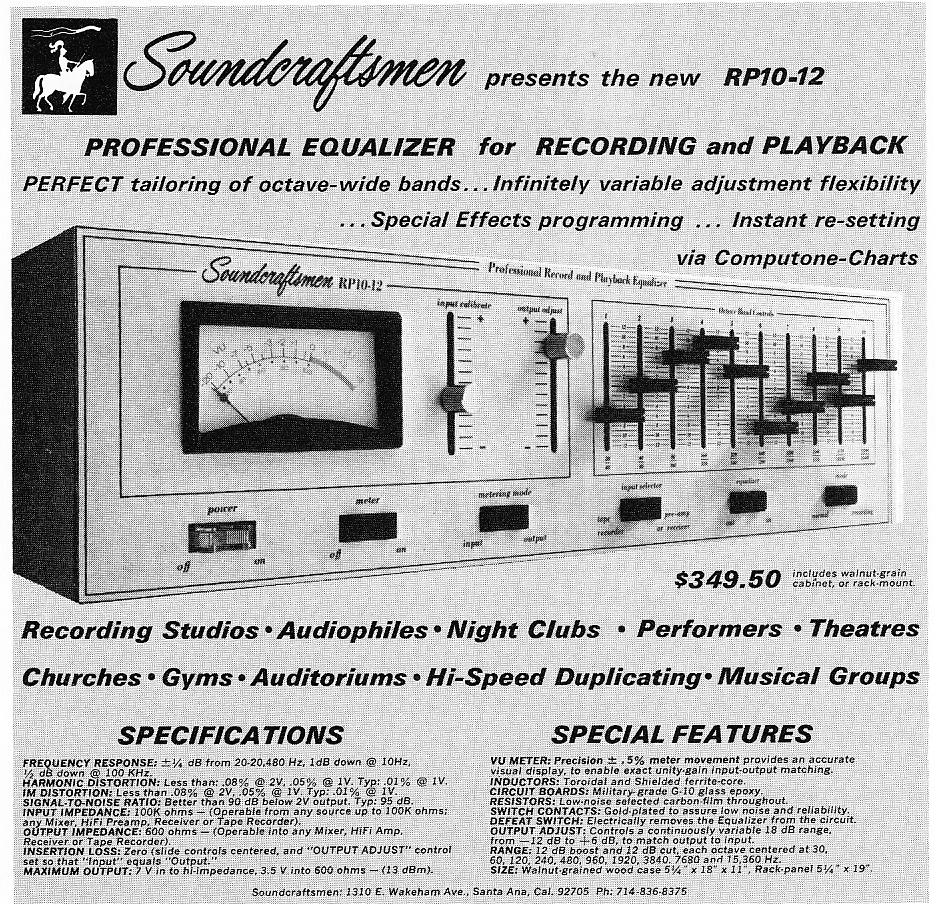 Above: The Soundcraftsmen RP10-12 equalizer
Above: The Soundcraftsmen RP10-12 equalizer
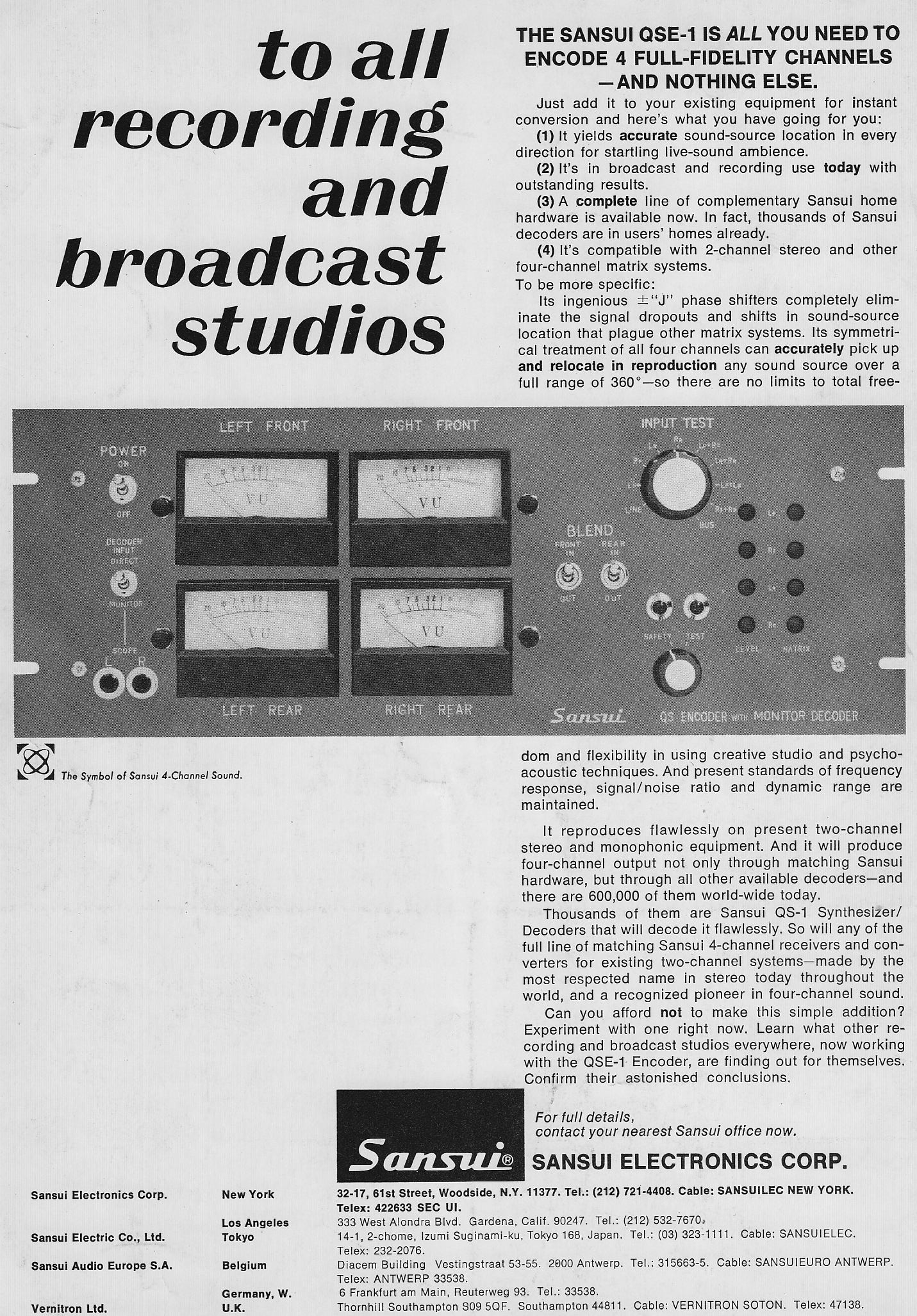 Above: The Sansui QSE-1 Quadraphonic Encoder
Above: The Sansui QSE-1 Quadraphonic Encoder
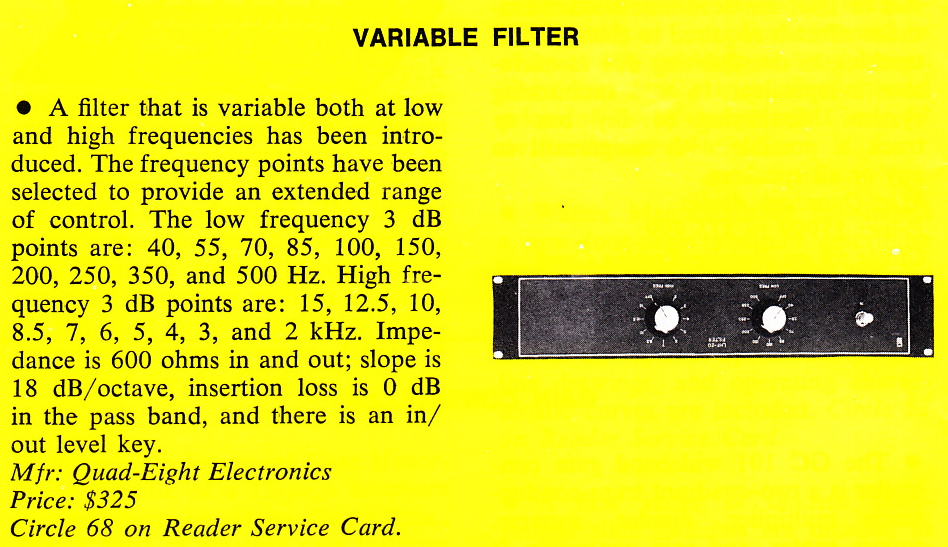
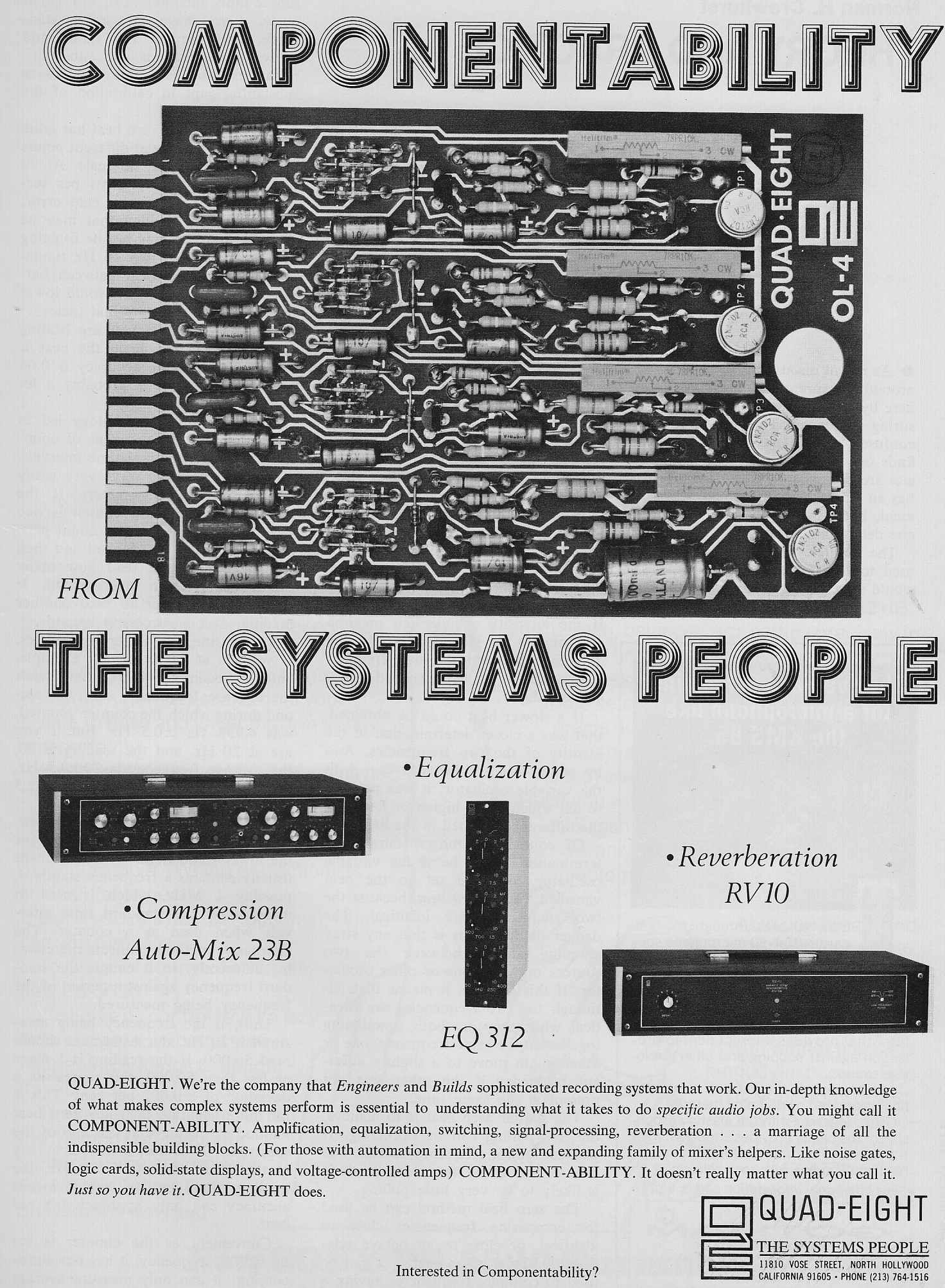 Above: The Quad-Eight Variable Filter, Auto-Mix 23B compressor, EQ 312 channel EQ, and RV10 Reverb unit
Above: The Quad-Eight Variable Filter, Auto-Mix 23B compressor, EQ 312 channel EQ, and RV10 Reverb unit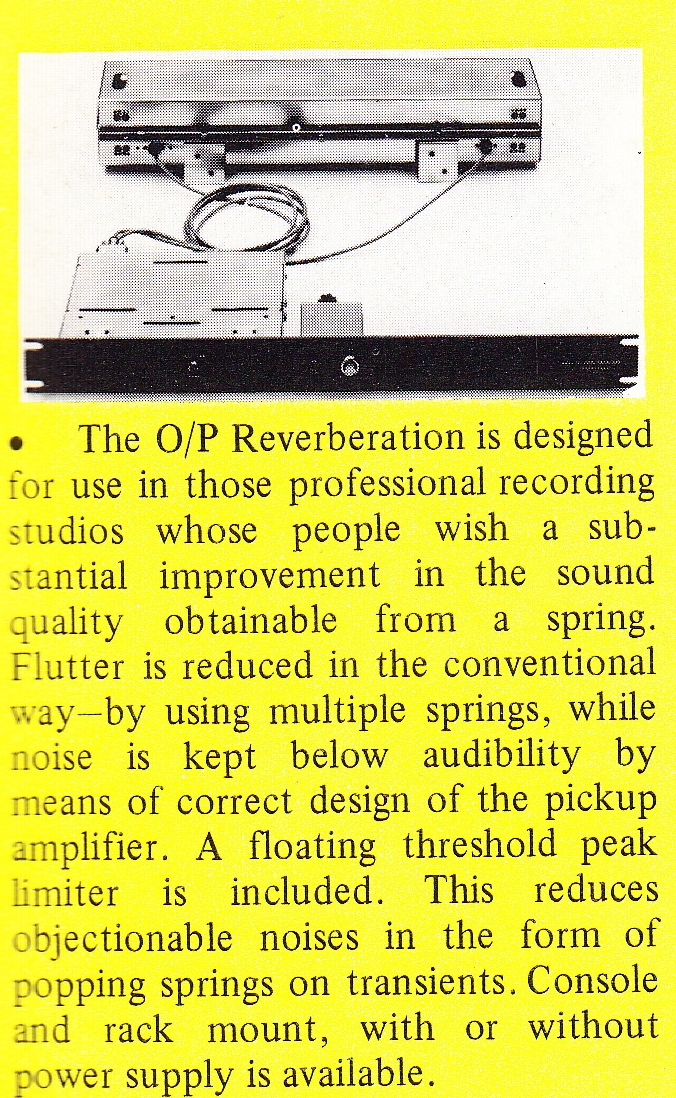
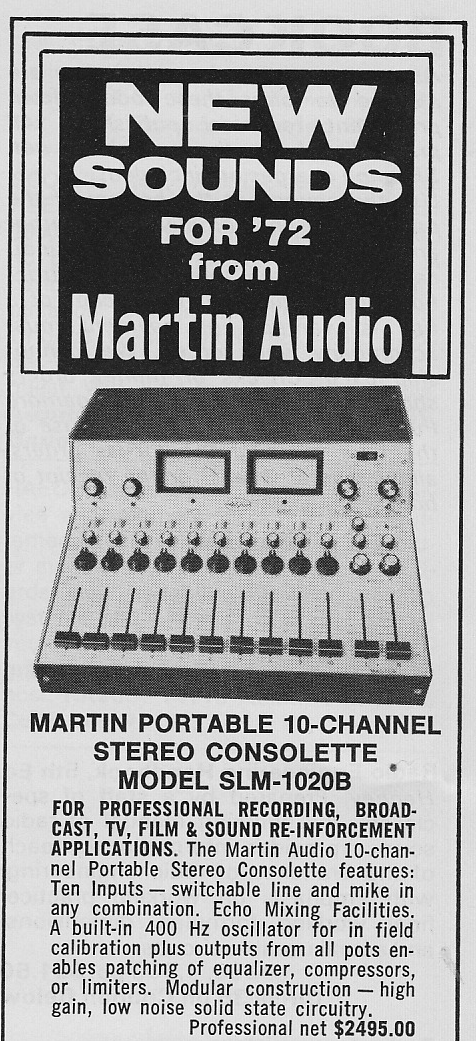
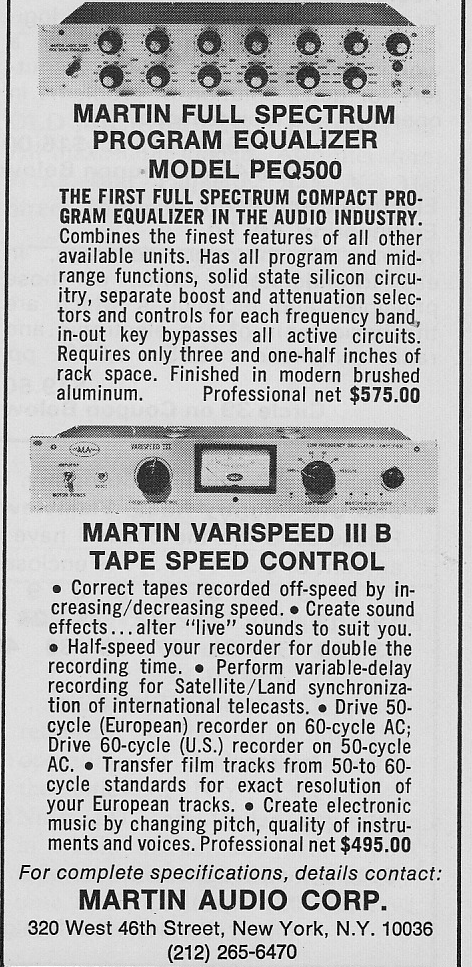 Above: the Martin SLM-1020B mixer, PEQ500 rackmount program EQ, and varispeed 3B tape machine speed controller.
Above: the Martin SLM-1020B mixer, PEQ500 rackmount program EQ, and varispeed 3B tape machine speed controller. 
